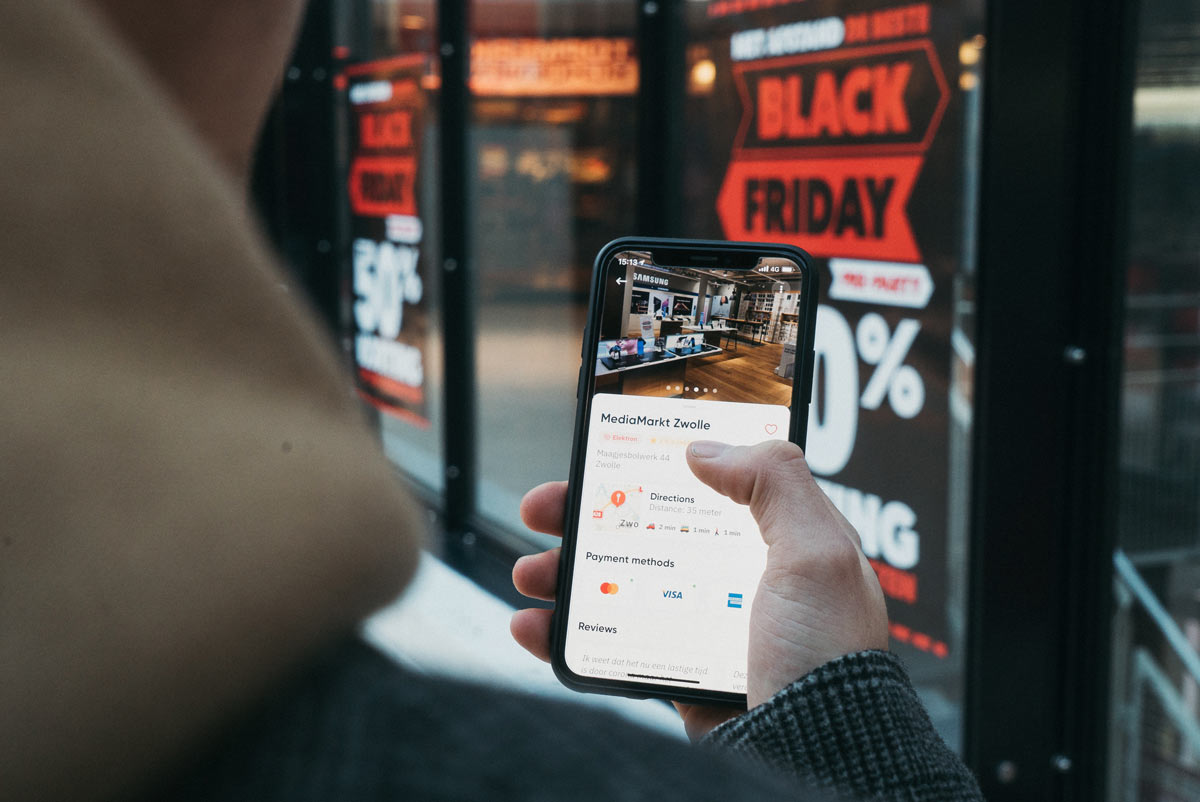- Are all customers created equal?
- What is Customer Lifetime Value (CLV)?
- How can CLV help my business?
Every business needs customers, but not all customers contribute equally to your bottom line. Here’s how to understand and use Customer Lifetime Value (CLV) to grow your business.
Why CLV Matters
Imagine a company called Yasui Yo-Yos, known for their handcrafted yo-yos. They want to focus on attracting and retaining the most valuable customers. Here’s how they can use CLV to achieve that:
Identifying High-Value Customers
Yasui Yo-Yos’ customers include:
- Parents buying a one-time gift for their kids
- Toy enthusiasts who collect finely crafted yo-yos
- Tourists seeking a novelty souvenir
Out of these groups, toy enthusiasts are the most likely to become repeat customers and contribute more value over time. Parents and tourists, while valuable, are less likely to make repeat purchases.
Calculating Customer Lifetime Value
CLV helps businesses understand the total value a customer brings over their entire relationship with the company. Here’s a step-by-step process using a simplified example:
Step 1: Gather Data
Harry owns a hotel called Harry’s Home Away from Home. To calculate CLV, he needs:
- Annual Transactions: Average number of visits per customer per year.
- Profit Per Transaction: Profit made from each customer per transaction.
- Customer Lifespan: Average number of years a customer stays with the business.
Harry’s data shows:
- Annual Transactions: 1 visit per year
- Profit Per Transaction: $250 profit after expenses
- Customer Lifespan: 2 years
Step 2: Use the CLV Formula
CLV=(Annual Transactions)×(Profit Per Transaction)×(Customer Lifespan)
For Harry:
CLV=(1)×($250)×(2)=$500
Improving CLV
Harry can increase his CLV by:
- Personalized Offers: Sending birthday packages with discounts on luxury suites and amenities.
- Loyalty Programs: Offering 25% off for customers who return for a third year.
Evaluating Marketing Channels
Harry can also use CLV to assess the effectiveness of his marketing efforts. By calculating the CLV for customers acquired through different channels, he found:
- Billboards: $325 CLV
- Mobile Ads: $480 CLV
- Search Ads: $750 CLV
Since search ads have the highest CLV, Harry should allocate more budget to this channel, especially targeting business travelers who have a higher CLV.
Applying CLV to Your Business
To estimate your business’s CLV, start with these questions:
- Average Annual Transactions: How many times does a customer buy from you each year?
- Profit Per Transaction: How much profit do you make from each transaction?
- Customer Lifespan: How many years do customers typically stay with you?
Use the formula to get a rough estimate and refine it with more data over time. This will help you focus on attracting and retaining your most valuable customers, ultimately boosting your business’s profitability.





